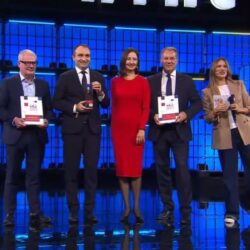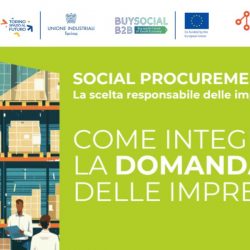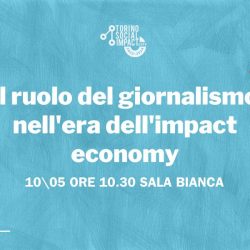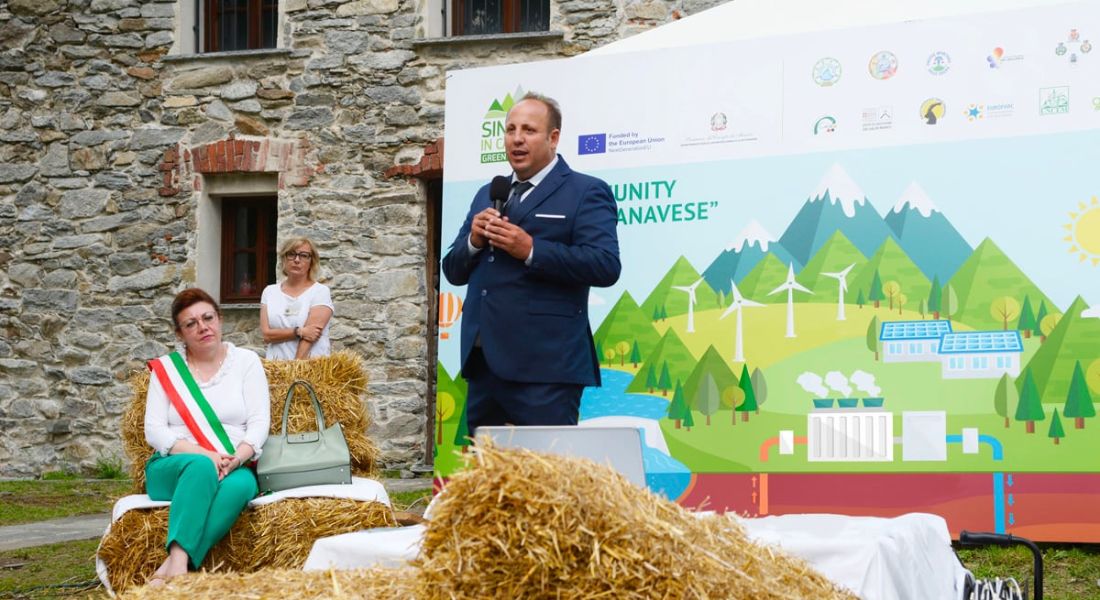The story of “Synergies in Canavese,” a project for the revitalization of the mountains built around the PNRR and the Turin Chamber of Commerce‘s initiative to create a business-driven energy community.
When they decided two years ago to establish a green community in Canavese to access PNRR funds, they aimed for an ecological and energy transition involving the 27 municipalities and five mountain unions in the area, partnering with the Piedmont side of the Gran Paradiso Park. The goal: to promote the growth and sustainable development of the area by integrating and enhancing local resources. Marco Bussone, national president of Uncem, the Union of Mountain Municipalities and councilor of the Valli di Lanzo Mountain Union – among the promoters of the green community – has repeated this many times: “We need impactful actions to ensure a future for the mountains. But on one condition: local communities must be involved, as they are the true driving force behind the revival. Without the territories, the transition and crisis cannot be addressed.” In fact, the “Green Community Synergies in Canavese” – led by Marco Bonatto Marchello, president of the Valli Orco and Soana Union – represents a fine example of impact economy. It places communities at the center, thus laying the foundations for an energy transition that takes into account the social dimension, without which it is now clear that a deeply sustainable and lasting environmental transition cannot take place. This is not a given in a context where even private investments must contemplate an additional approach, considering interventions in more challenging areas from a market profitability dynamics perspective. In this context, the significant contribution of public funds – over four million guaranteed by PNRR funds – is an important lever for a catalyst process of new initiatives. The funds are designed to create value for people and the territory. Some examples? The construction of six rainwater collection tanks to ensure water reserves in several strategic points of Canavese to draw upon in case of forest fires and to face drought periods in agriculture. Or the conversion of an industrial site into a wood processing plant, ensuring jobs and saving on land consumption. The impact is included in all nineteen interventions that the green community will implement within the next two years, as required by the PNRR: the investment, beyond risk and return, primarily considers the benefits of these territory regeneration models, in line with the principles of intentionality and additionality at the core of the impact economy. Moreover, the return, not only economic, that these interventions will have for the Canavese community is measured. “This is the vision of a mountain that thinks about the future,” insists Bussone. “After all, the highlands can indeed be the right field to experiment with investments that produce both social and environmental impact. The development of the wood supply chain is perhaps the most virtuous example: it ensures forest care and jobs in the mountains, also allowing another good practice: the circular economy.”
“Moreover, from the outset, our project aimed to include all nine thematic areas that underpin the development of Green Communities in a strategy from North to South: renewable energy, water and forest resources, building efficiency, sustainable development of tourism, mobility, and local production chains,” explain those from “Synergies in Canavese.” The green community’s projects also include a CER, an energy community to locally produce and share energy generated from renewable sources.
The Turin Chamber of Commerce is also interested in CERs. Guido Bolatto, the general secretary, explains: “It all started from the energy crisis two years ago, with skyrocketing electricity and gas prices and our members struggling with increasingly complex cost management. We ruled out the idea of blanket contributions because it wouldn’t have solved the problem; we focused on CERs. With a clear starting point: they had to be business-driven energy communities. We conducted a survey. In the end, we identified two primary substations: one in Turin, in the Aurora district, the other in the hinterland in Strambino. We aim to involve many retailers among consumers and some hotels among producers who can use their roofs to install photovoltaic systems.”
Professional orders were also involved in the project, particularly in the startup phase, with lawyers and notaries drafting the CER statute. The final goal of the Chamber of Commerce is to develop a replicable model. “Essentially, a turnkey CER model that includes a business plan, statute, and governance,” adds Bolatto. “In other words, a CER prototype that can then be adapted but initially solves some of the most complicated issues because there are indeed many unknowns, starting with understanding the tax issue. That’s why it’s important to rely on a team of professionals who know how to interpret the regulations correctly.” The call, open to micro, small, and medium-sized enterprises of any sector in the province of Turin, is open until autumn. The chamber council has allocated over 220 thousand euros under the “Energy Transition Call – CER 2024,” providing contributions in the form of vouchers. Other calls (and contributions) are expected by the end of the year from the Piedmont Region (through Finpiemonte, for any company) and the Fondazione Compagnia di San Paolo (for already established CERs).
Popular








